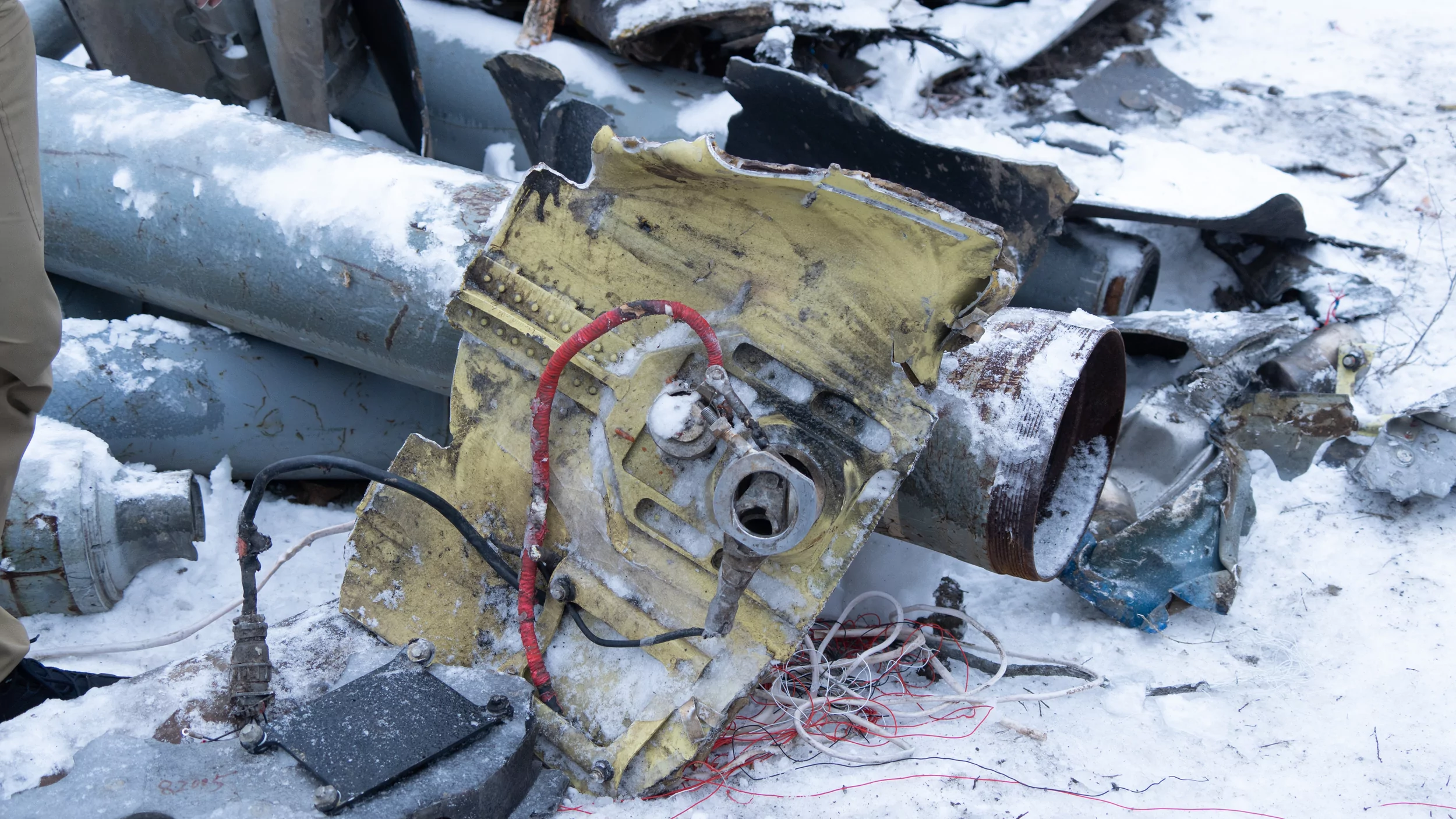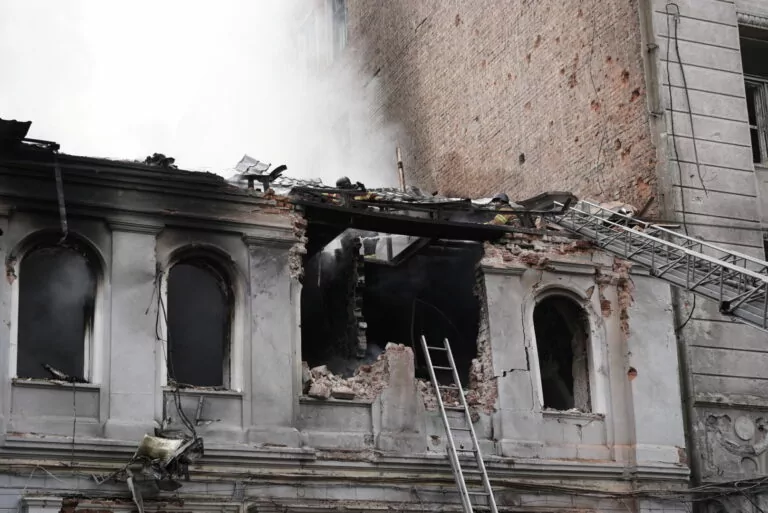KHARKIV, UKRAINE, Jan 6 — Three days ago, the Russian army launched a missile attack on Kharkiv downtown, injuring 62 people and killing two. According to the regional prosecutor’s office, the city was not targeted by ordinary Iskanders. Experts and law enforcement officers have now established the differences between the missiles regarding exterior and technical features.
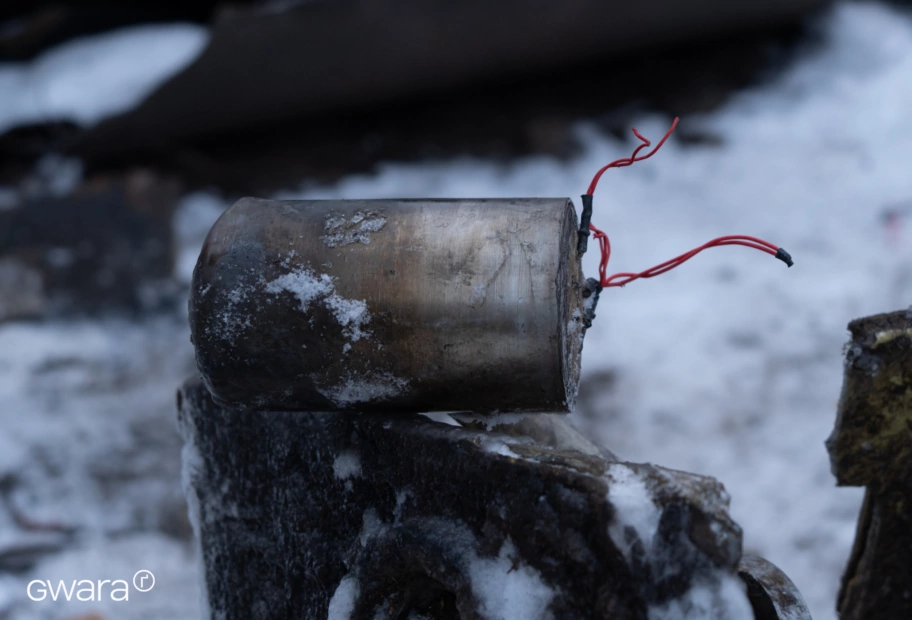
Kharkiv regional prosecutor’s office spokesman Dmytro Chubenko said that such missiles probably resemble ammunition seen in photos of military parades in North Korea.
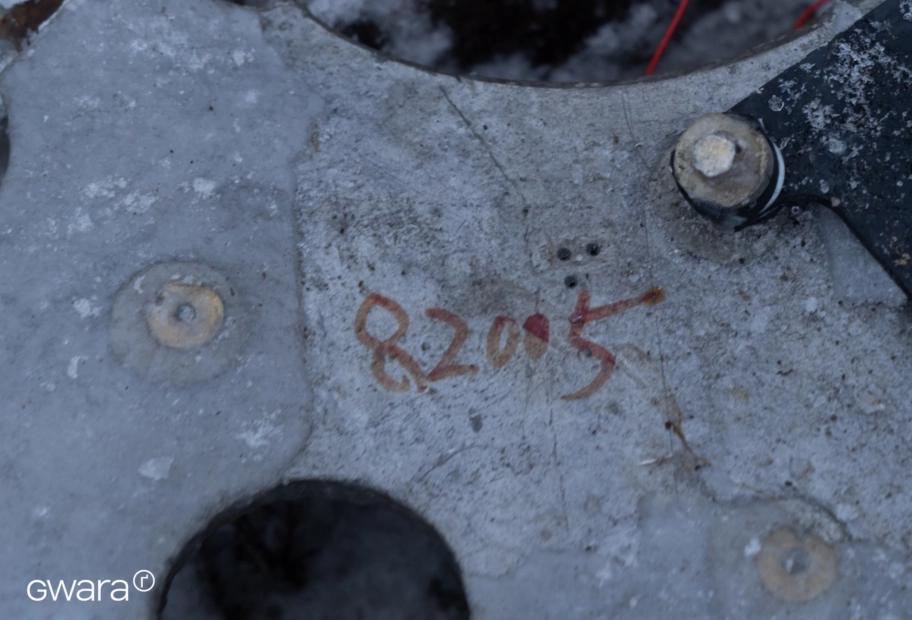
“With the help of the tail section, we were able to establish that this missile is not similar to the regular Iskander that the Russians used to hit before. Because it differs in both internal and external elements. In particular, this missile has a different wire braid. The braid used in Iskander shields and helps protect this missile from EW [electronic warfare – author’s note]. This is not used here, and there are other nozzles and different sizes,” the prosecutor’s office spokesman added.

The prosecutor’s office is inclined to believe that this may be a missile provided by North Korea, but there is no direct evidence of this.
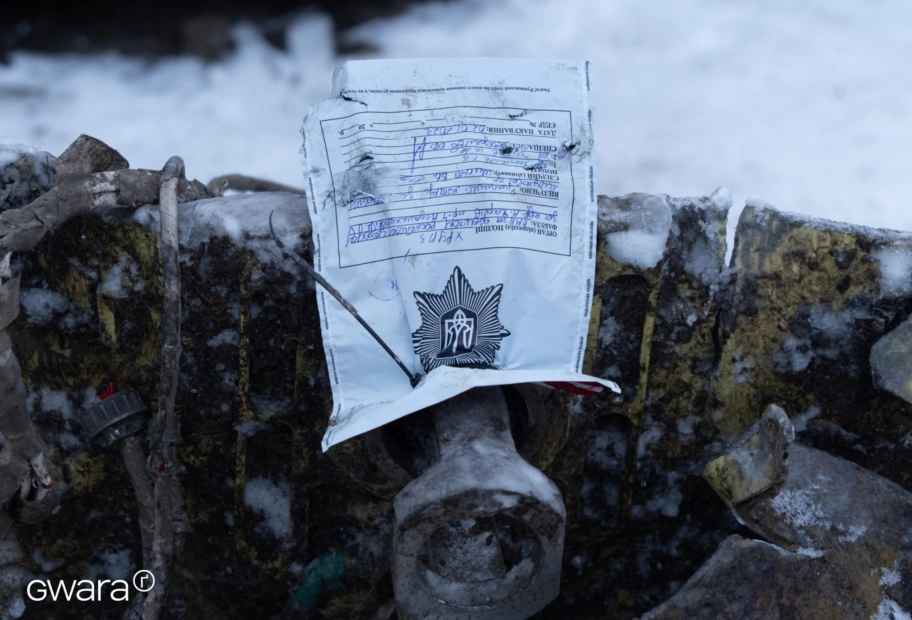
What to know about the KN-23
The North Korean KN-23 (Hwasong-11GA) ballistic missile is very similar to the Iskander, so analysts believe it could be a copy of the Iskander Russian missile.
According to experts, the KN-23 uses the same chassis as the Russian missile, manufactured by the Minsk Wheeled Tractor Plant (MZKT). However, at the same time, the North Korean missile has a longer range (690 kilometres) than the Russian missile, which has a range of 500 kilometres. At the same time, the characteristics are based mainly on assumptions and were determined from photos and test results.
Gwara’s choice
In Photos: Aftermath of Russia’s Missile and Drone Attack on Kharkiv. Russia launched a massive drone and missile attack across Kharkiv on December 30-31, 2023, leaving 26 wounded.
